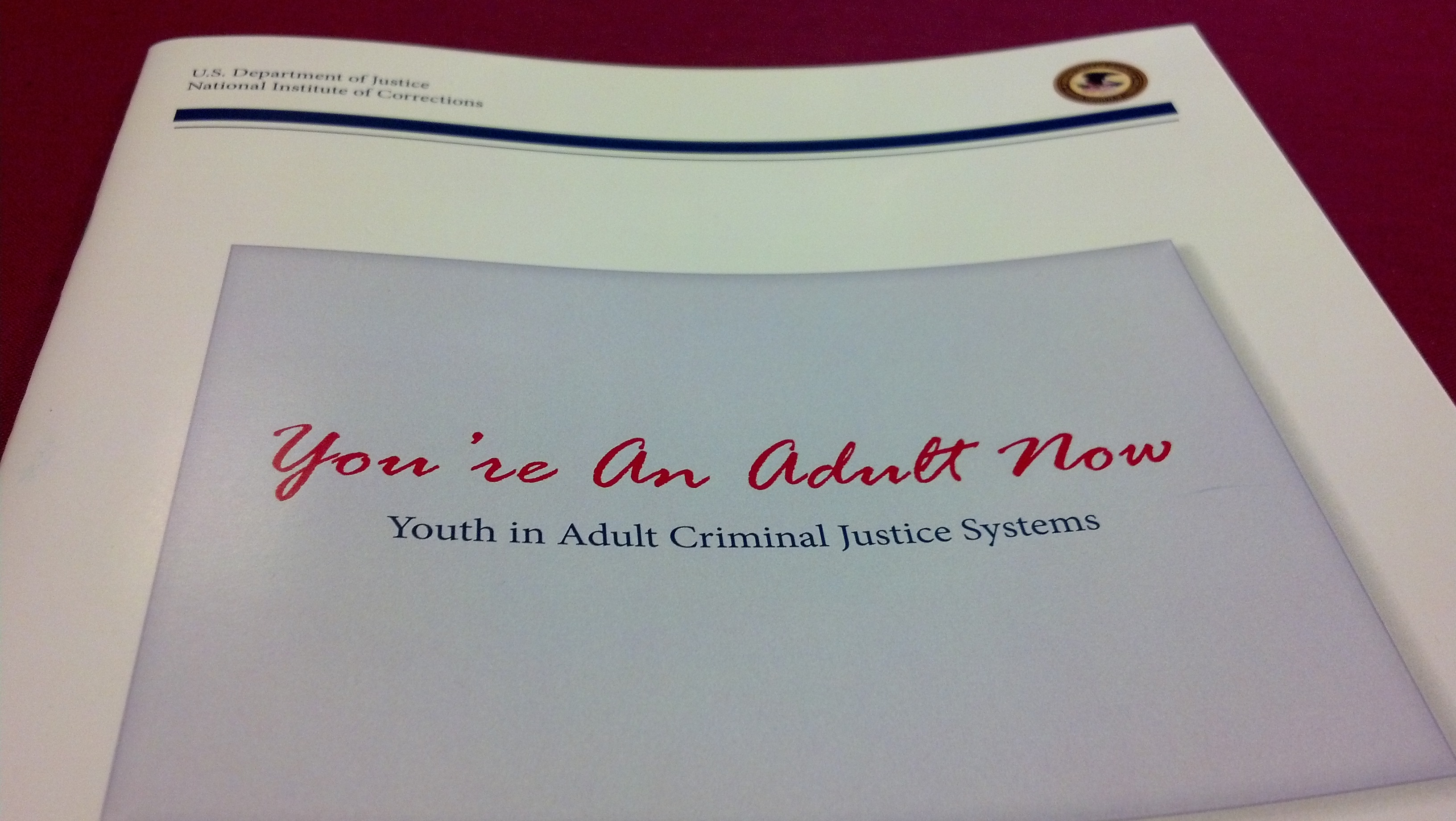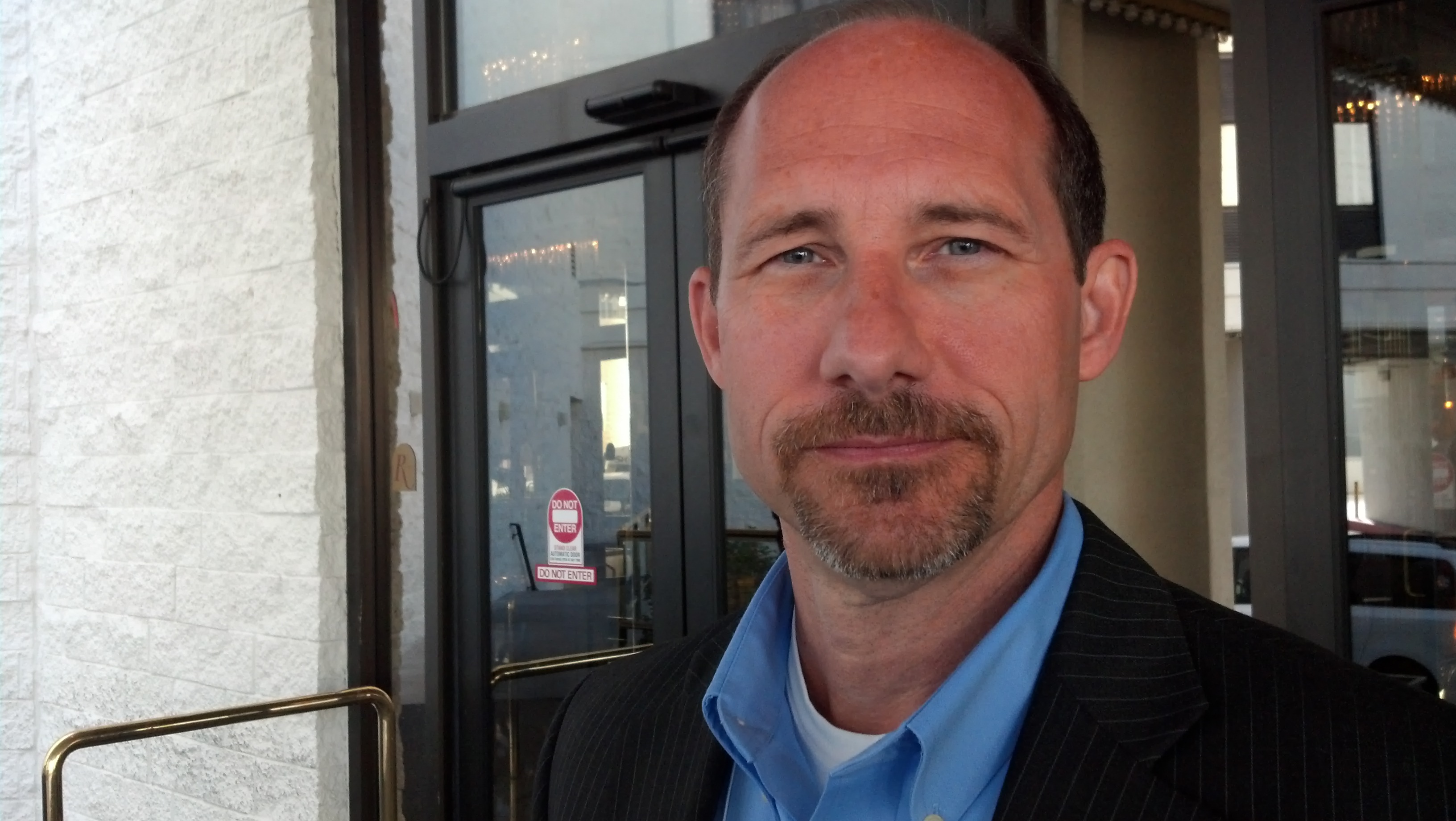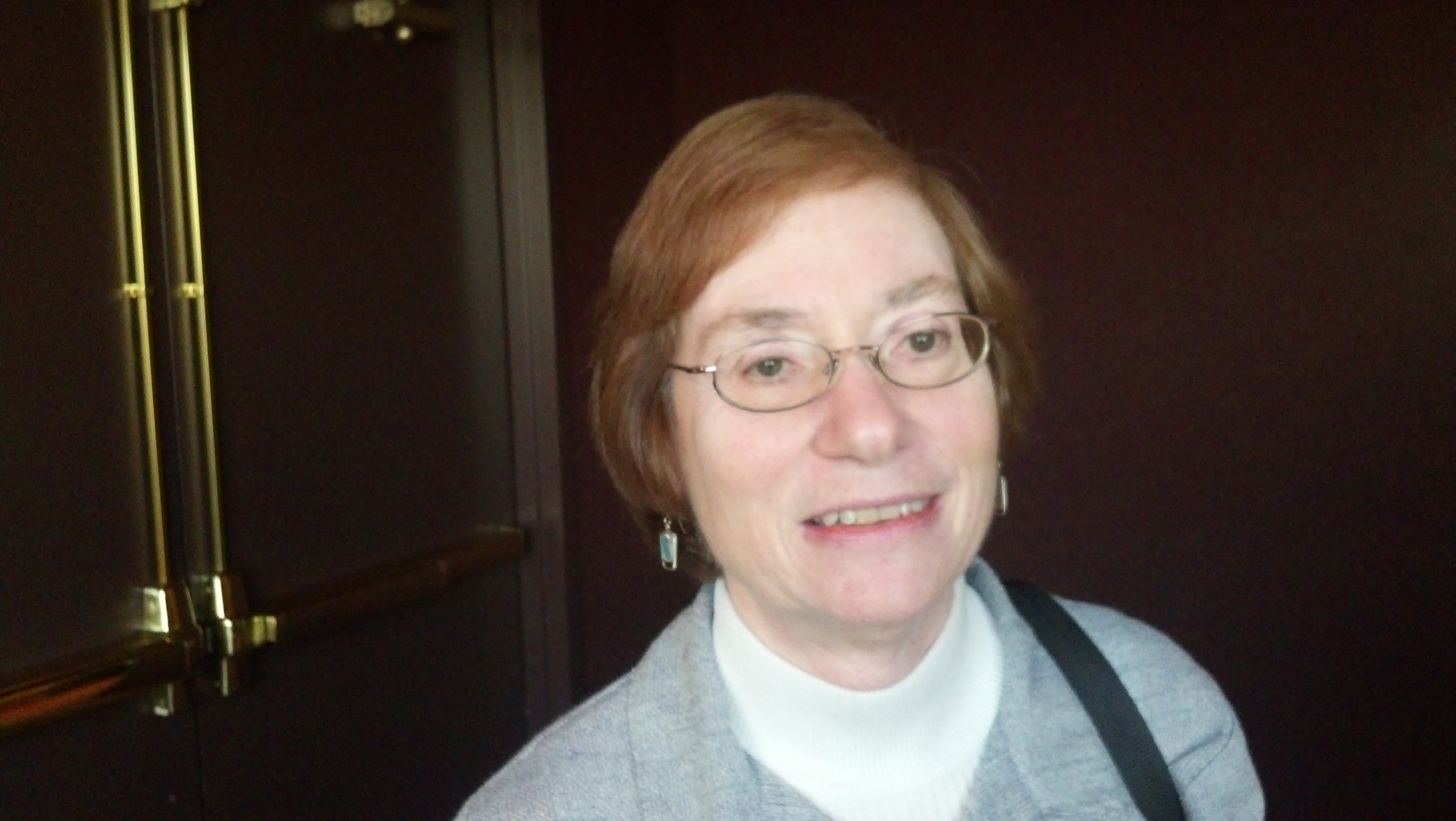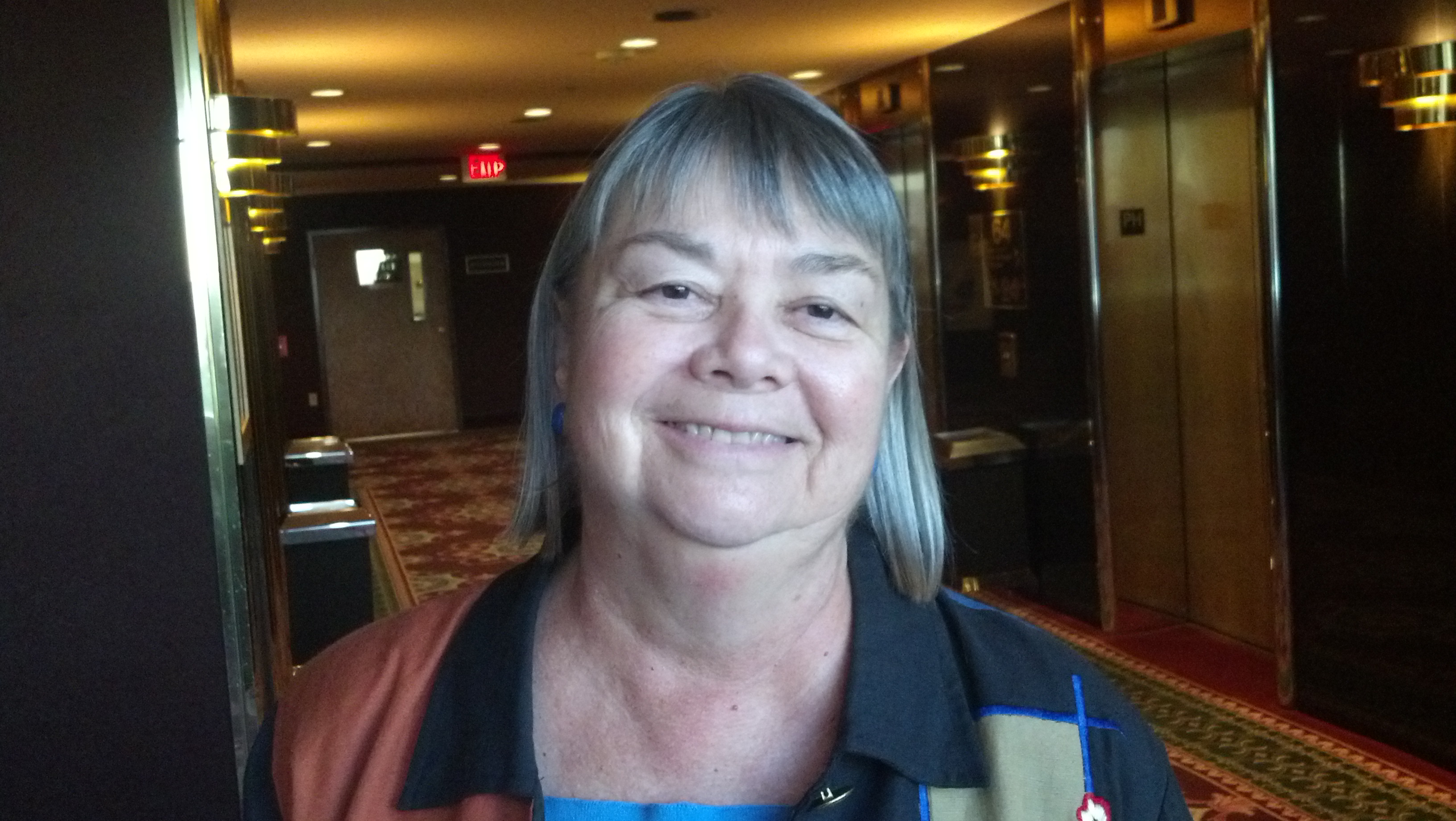LAS VEGAS — When the National Partnership for Juvenile Services annual symposium opened, Jason Bowser, a youth service director from Columbus, Ind., told an executive committee that one of the standing committees was focusing on the question of “What is a juvenile?”
 It might seem an odd question for a gathering of folks who specialize in working with youth in the juvenile justice system, but really the question, even when not spoken, would be present in training sessions across the three-day symposium held here this week. Nor is it just a hypothetical question because nearly 250,000 young people under the age of 18 end up in the adult criminal justice system every year, according to theNational Institute of Corrections report, “You’re an Adult Now: Youth in Adult Criminal Justice Systems” (pictured above left).
It might seem an odd question for a gathering of folks who specialize in working with youth in the juvenile justice system, but really the question, even when not spoken, would be present in training sessions across the three-day symposium held here this week. Nor is it just a hypothetical question because nearly 250,000 young people under the age of 18 end up in the adult criminal justice system every year, according to theNational Institute of Corrections report, “You’re an Adult Now: Youth in Adult Criminal Justice Systems” (pictured above left).
Liz Ryan, president and CEO of the Campaign for Youth Justice — in a session reflecting the “Adult Now” theme — reminded everyone that New York and North Carolina still consider juveniles to be adults at the ages of 16 or 17 in criminal proceedings, whereas in the rest of the states it’s 18. Ryan said a new report shows that each year 100,000 young people get sent to an adult facility and on any given day approximately 10,000 of them are in an adult facility.
Once there, the correction system managers do have rules that treat thejuvenile differently from the mainstream adult population. At times that means putting the kids into isolation. Elissa Rumsey, compliance monitor coordinator for theOffice of Juvenile Justice and Delinquency Prevention (OJJDP), said, “Isolation means that there is no outside time, you are seriously locked down for 24/7. Some get out three hours in a week and are in a cage on the grounds by themselves. Truly no human contact, food through the door, no contact with staff, no services, no other people. That’s isolation.”
Ryan said they might be isolated because of a teenage behavior issue, be a true danger or for their own protection from the adult prisoners.
No matter the reason Rumsey says, “When they are put in isolation that increases the behavioral issues because it tends to drive one crazy when you are locked down for 24/7 without any sunlight. So they would act out with even worse behaviors.”
Michael Dempsey (pictured below right), who works with the Indiana Department of Correction and who has been advocating for juvenile treatment for a 14-year-old who was found guilty of murder as a 12-year-old and given an adult sentence, says, “There are many of us who believe anyone up to the age of 23 or 24 could still be considered a juvenile, it depends on where they are at developmentally. But in the eyes of most laws anyone over the age of 18 is considered an adult.”
the Indiana Department of Correction and who has been advocating for juvenile treatment for a 14-year-old who was found guilty of murder as a 12-year-old and given an adult sentence, says, “There are many of us who believe anyone up to the age of 23 or 24 could still be considered a juvenile, it depends on where they are at developmentally. But in the eyes of most laws anyone over the age of 18 is considered an adult.”
 New research demonstrates that the brain is not fully developed until about the age of 25, according to experts. Margaret Davis (pictured left), who co-taught a training seminar on the latest developments in brain research, says, “When you ask a lot of people what is a juvenile, they think it has shifted today to be a later age and it really can be anybody up to the age of 25.”
New research demonstrates that the brain is not fully developed until about the age of 25, according to experts. Margaret Davis (pictured left), who co-taught a training seminar on the latest developments in brain research, says, “When you ask a lot of people what is a juvenile, they think it has shifted today to be a later age and it really can be anybody up to the age of 25.”
Furthermore, her co-presenter Cindy Thacker (pictured below right) said staff working with young people need tounderstand the ways kids’ brains work, and that extends to staff who work with kids in adult facilities.
working with young people need tounderstand the ways kids’ brains work, and that extends to staff who work with kids in adult facilities.
Davis said, “They cannot and should not be treating those kids the same way they are treating the adult offenders. They need more programming, they need more structure. These 16-year-olds cannot make the decisions for themselves the way a 30-year-old offender makes those decisions.”
Dempsey, from the Indiana Department of Corrections, saidunfortunately that is not the case for kids when they end up in the adult system. They have to deal with staff who are trained to work with adults and not trained to be adolescence development specialists, he said.
As we deal with the question: What is a juvenile and how to best treat youth in the juvenile justice system, Dempsey says we must identify the best approaches and piece-by-piece build a best practice model that can be duplicated nationally.
“I think we will get there. It is a slow process,” he said.
Photos by Leonard Witt































